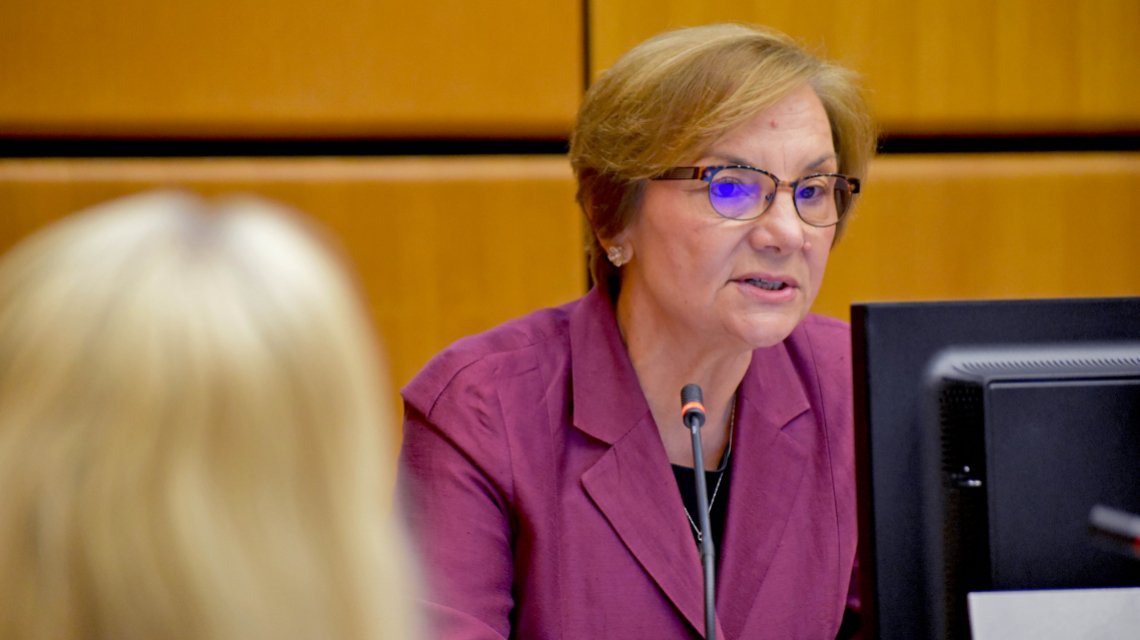Medical uses of ionizing radiation are amongst the longest-established applications of ionizing radiation, and at the same time one of the most rapidly developing areas. The medical benefits of the use of ionizing radiation are indisputable, but there is an associated radiation risk for patients and medical staff. Therefore, a systematic approach must be taken to ensure that a balance is in place between the medical benefits of ionizing radiation and its risks.
To help address the challenges of implementing systematic quality and safety measures, and to support the identification and exchange of best practices in the field, more than 140 experts and delegates from the Europe region attended a 29 September side-event, held on the margins of the Agency’s 64th General Conference.
“Through its TC programme, the IAEA provides assistance to countries to secure access to medical radiation technologies, and to subsequently build capacities for their safe use,” said Eve-Kulli Kala, Director of the IAEA’s Technical Cooperation (TC) Division for Europe. “This approach allows countries to extract the maximum benefit from radiation technologies, while simultaneously considering, calculating and minimizing risk.”
Radiation safety is a cornerstone of high-quality healthcare. Any clinical department using ionizing radiation should implement a system to maintain standards for quality and safety which includes a quality assurance and radiation protection programmes for medical exposure, with clearly-defined roles and responsibilities. The system should be embedded into healthcare processes and should be supported by both a national authority for radiation protection and by national legislation.
These principles were central to the discussions and deliberations which emerged throughout the side-event, held on 29 September, just 12 days after the annual observation of World Patient Safety Day, 17 September.







